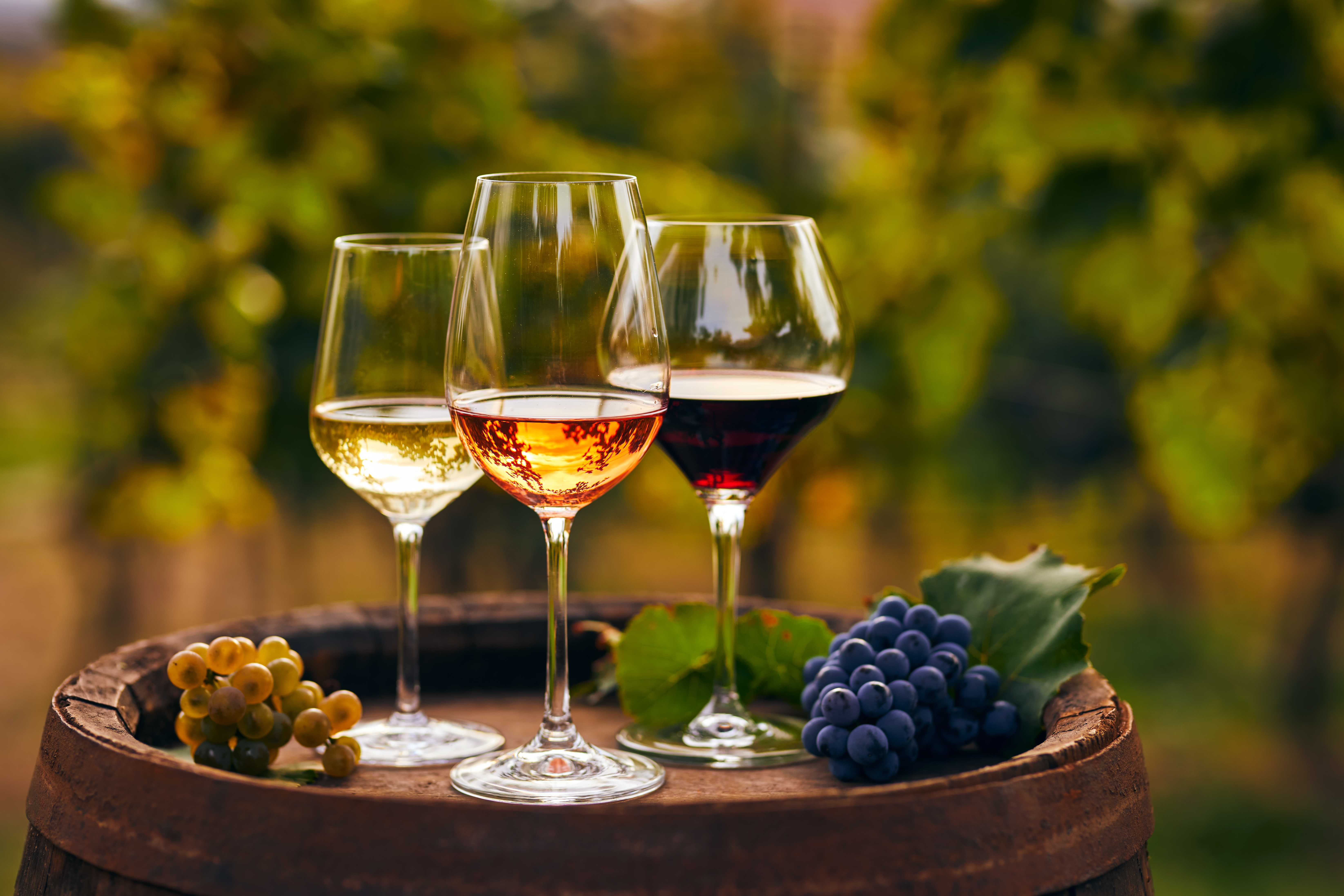How to Identify Wine Aromas: The Expert Guide
Recognizing the aromas in wine can seem complex, but with a bit of practice and knowledge, it becomes more natural and enjoyable. This article will guide you through the different categories of aromas you might find in wine, how to detect them, and provide practical examples from renowned wines to refine your palate.
The Three Categories of Wine Aromas

Wine aromas are generally classified into three main categories: primary, secondary, and tertiary.
Primary Aromas
These come directly from the grape variety and are influenced by the climate and terroir. They include:
- Fruits: citrus, red fruits, black fruits, tropical fruits.
- Flowers: rose, violet, linden.
- Herbs: mint, basil, fennel.
- Minerals: clay, chalk.
Secondary Aromas
Developed during the winemaking process, primarily through yeast and fermentation. They include:
- Lactic Aromas: butter, cream, cheese.
- Yeast and Bread Aromas: brioche, toasted bread.
Tertiary Aromas
These aromas appear during the aging of the wine in bottle or barrel. They include:
- Woody Aromas: vanilla, coconut, cedar.
- Spicy Aromas: cinnamon, clove, pepper.
- Dried and Preserved Fruits: prune, fig, dried apricot.
- Roasting Aromas: coffee, chocolate.
How to Develop Your Sense of Smell
To identify wine aromas, it’s essential to develop your sense of smell. Here are some steps to help you:
- Learn the Aromas: Familiarize yourself with different types of aromas using aroma kits or by regularly smelling spices, herbs, and fruits.
- Taste Regularly: Practice is key. The more you taste wine, the better you’ll become at recognizing specific aromas.
- Use the Right Glass: A tulip-shaped tasting glass helps concentrate aromas towards the nose.
- Swirl the Wine: Swirling the wine in the glass exposes it to air, releasing volatile aromas.
- Take Your Time: Don’t rush. Take deep breaths to identify distinct aromas.
Practical Examples of Aromas in Selected Wines
Gewurztraminer Heimbourg Vendanges Tardives 1990
Produced by Zind-Humbrecht in Alsace, this sweet and complex wine is rich in exotic aromas of lychee, rose, and spices, typical of Gewurztraminer.
Riesling Brand Vendanges Tardives 1989
Also from Zind-Humbrecht, this white wine shows intense aromas of ripe fruit, honey, and spices, offering a beautiful aromatic complexity from late-harvest grapes.
Pinot Noir - Gantenbein 2006
This Swiss Pinot Noir presents notes of red fruits and subtle spiciness. On the palate, it reveals ripe red fruit and licorice aromas, making it ideal for pairing with fine dishes.
Côte-Rôtie - La Serene Noire - Gangloff 2019
From the Rhône Valley, this wine reveals aromas of black fruits, spices, and violet, with notes of pepper and leather that develop with age.
Pommard Les Vignots 2022
Produced by Pierre Girardin, this Burgundy wine offers rich and complex aromas of cherry and blackberry. On the palate, it is powerful and balanced, with silky tannins.
Aromatic Journey with Selected Wines
To illustrate how these aromas manifest in great wines, here are a few notable bottles:
Clos Rougeard - Saumur-Champigny Le Bourg 2006
A Loire red wine with notes of red fruits and spices. Its elegant structure and long finish reflect its terroir.
Meursault Clos des Ambres 2013
This white Burgundy, produced by Arnaud Ente, presents subtle aromas of white-fleshed fruits, hazelnuts, and white flowers, with a silky texture and a long mineral finish.
Hermitage 2009 - Jean-Louis Chave
Composed entirely of Syrah, this Hermitage offers aromas of black fruits, spices, and mineral notes. It’s a perfect example of tertiary aromas developed during aging.
Conclusion
Identifying wine aromas is a skill acquired over time and with practice. By developing your sense of smell and tasting regularly, you will be able to recognize and appreciate the subtle nuances that make each wine unique. Use these practical examples to refine your techniques and explore a world of hidden flavors in every glass.
Feel free to explore our selection of wines to put your new tasting skills into practice. Enjoy your tasting journey!
